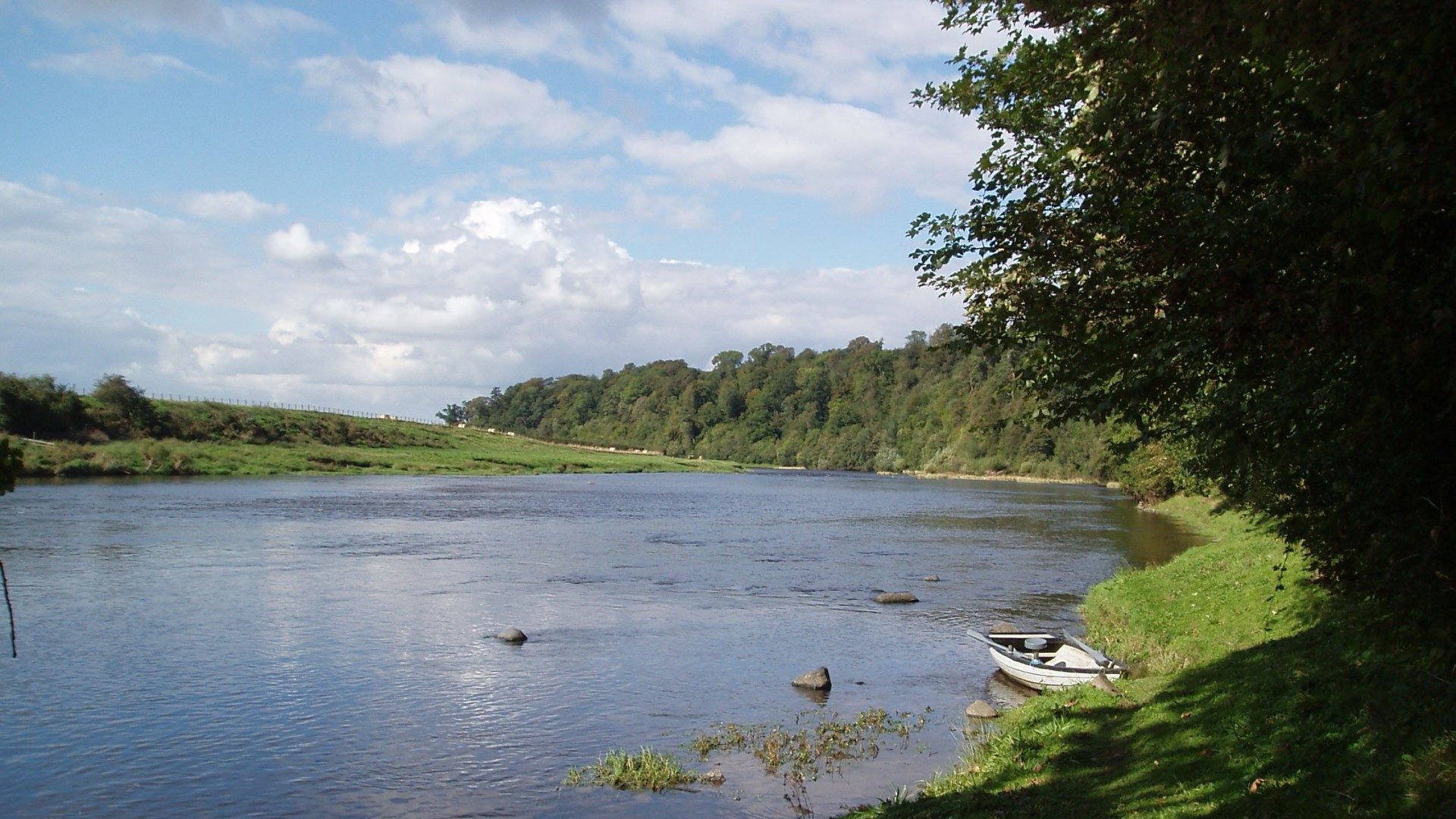In this, the third in the series of regular water articles by Dr Phil Aldous, Director of Water at Thomson Ecology, we look at the often difficult issue of the costs of delivering a robust monitoring plan.
The cost of a robust sampling and monitoring plan is often deemed a luxury, but can you afford not to finance this activity adequately? It is the data from sampling which can be used to make important or critical decisions, and whether your project is delayed, or even, whether you are prosecuted. Only too often data sets are inaccurate or insufficient.
Thomson Ecology undertakes extensive sampling programmes across varied terrestrial and marine ecosystems and water bodies, in support of high profile major developments, covering sewage discharges, communication and power transmission cables and road and railway routes. We have surveyed over 600km of linear road and rail routes in the last four years alone.
We compliment traditional physical sampling and monitoring methods with innovations, including the use of Unmanned Aerial Vehicles (UAVs), environmental DNA testing, and the management of field data using our own Thomson Interactive Mapping (TIM) technology.
Unfortunately sampling and monitoring is the poor relation of more exciting project aspects such as final design and construction methods and can be seen as an add-on’. Often the same questions arise – How much? For how long? Why do I need to do that? Is that an extra cost? Are these common questions that you hear yourself asking as a client or being asked as a consultant?
These challenges are too common, and sometimes only when something goes wrong or a regulator says, “Stop”, does sampling move up the agenda in importance. It is important to think beyond the environmental sampling and monitoring programme cost and towards the role accurate data plays in decision making and company reputation’. I sometimes quote the military saying “Proper Planning and Preparation Prevents Poor Performance” and apply this to sampling and monitoring programmes as much as the MOD does to a military campaign.
Sampling and monitoring need to be viewed as part of the ‘value chain’ in terms of their importance and not considered as an additional discretionary cost. There is considerable reporting on the economic aspects of environmental valuation, natural capital accounting, environmental and social benefits or impacts and environmental fines. Focussing on the latter point, there has been recent rise in prosecution costs, with one company receiving a £20m fine for water pollution. With this in mind, the benefit of a robust sampling, monitoring and data analysis programme embedded as usual practice to inform regular daily management decisions is clear to see.
The above prosecution is an extreme example, and hopefully will not be repeated by any industry again. With our in -depth experience of delivering extensive sampling and monitoring plans, we suggest that there are four common underlying drivers for the sampling and monitoring to be undertaken:
- regulatory (e.g. environmental permit, legislation)
- defensive monitoring (e.g. to support or defend litigation)
- development (e.g. environmental impact assessment, planning permission)
- investigative monitoring (e.g. pollution sources or causes).
However, the driver is not the sole aspect of designing and executing a monitoring and sampling plan. One of the key questions is, “Why are you monitoring at all?” The best and most efficient plans are those that are developed between the client and delivery company, and ask the question, “What do you want to achieve?”
This is what I call the “outcome question” and it leads to the outcome-driven sampling and monitoring plan. Generally this discussion also identifies a common area of misunderstanding, followed by enlightened understanding. Often clients have a list of determinants or a broad specification – derived from legislation or a planning condition, but a poor knowledge of what is actually required. Why and how to undertake the right monitoring, at the right time, in an accurate manner, is not always obvious – especially when the data will be compared with environmental standards, historic data or data from baseline, construction and operational phases of a major development.
It is so important to have these conversations so that apples are compared with apples and not bananas. There is always value in what has already been delivered. There are simple steps to follow at the beginning when the sampling strategy is established that can reap great rewards as time progresses. The number of companies that have established monitoring strategies are few, and most lurch from one project to another with little consistency.
Sampling as part of the ‘value chain’ is not just about taking samples and getting results back. Quality needs to be maintained at all steps in the process, so that robust quality control in the field dovetails through the ‘chain of custody’ from sampling strategy derivation, to field staff, sample collection, transport, analyst and analysis, to data production and finally, interpretation and decision making.
Field quality control should support and integrate into laboratory quality control systems, underpinned by ISO 17025 certification or another clear operating procedure. However, often the challenge is, “What is the value or result?” Rarely are repeat samples or trip blanks integrated into sampling programmes, and these in my view should be 10% of all samples in any programme. As a word of caution, even accepting the advances in analytical technology, we cannot forget the basics of quality control and rarely now is the ionic balance of a water sample measured. When values are outside the ±10% range, there is an assumption that some part of the analysis is wrong. If it is within ±10% there is confidence in the analysis. So why doesn’t this happen? Probably because of the increased cost associated with analysing determinants not associated directly with the ongoing investigation.
With the extension of new techniques, like passive samplers, environmental DNA testing, exotic determinants, remote sampling with real time data and control, technology has helped tremendously with improving data collection and sampling, and will continue to do so for many years to come. There are exciting challenges and developments still to come in eDNA testing for aquatic invasive species and real time environmental monitoring of pollution sources.
I look back on the days when I was out in all weather, sampling rivers and groundwater, and wonder how much more we would have found out if only we had added real time data!











